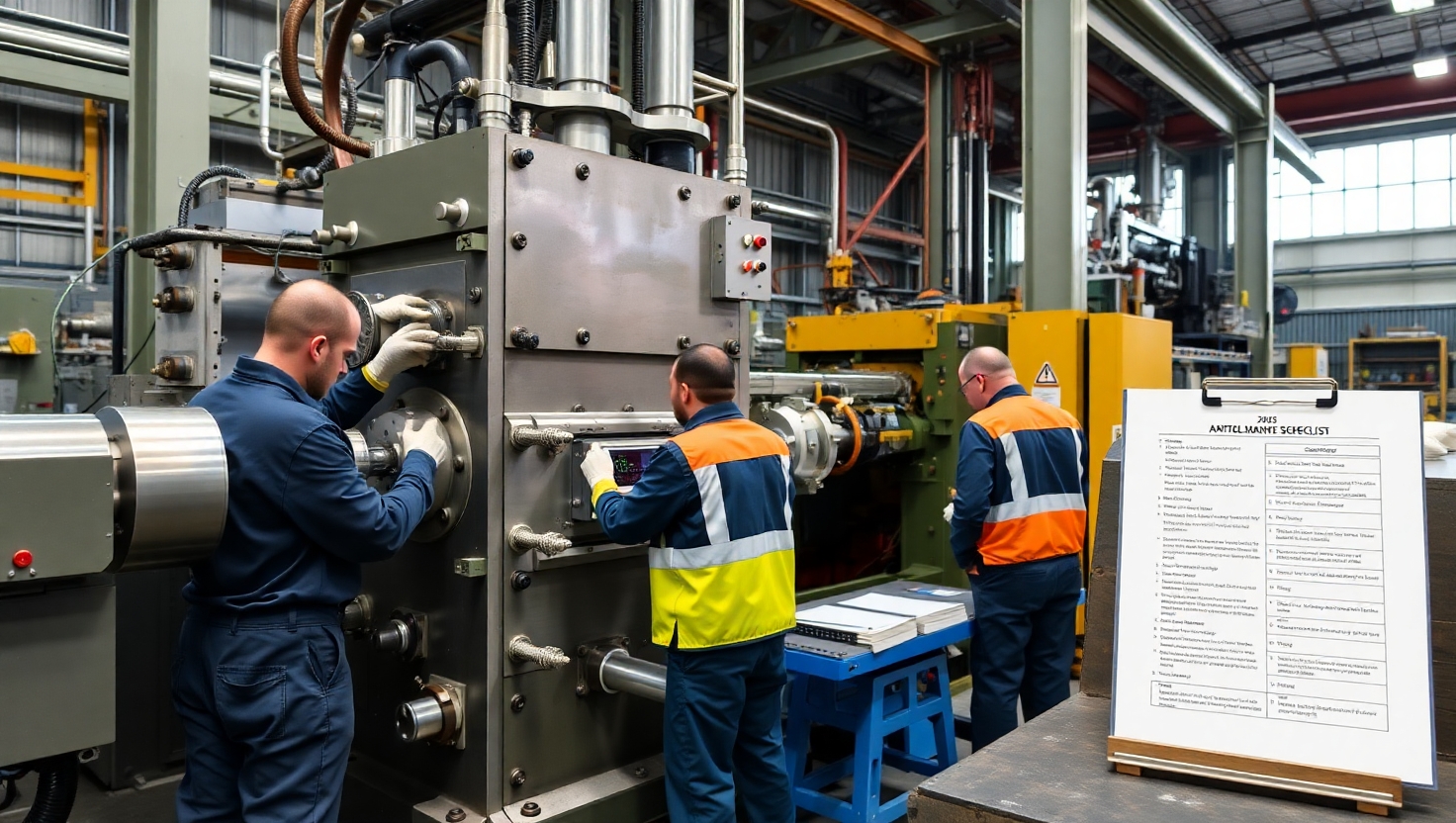CNC Programming for Aluminium Milling – Best Practices
Published by: ALUTimes | Date: July 21, 2025
Table of Contents
- Introduction
- Choosing the Right Tools
- Optimal Speeds and Feeds
- Coolant and Lubrication
- Chip Evacuation Techniques
- Smart G-code Programming
- Toolpath Strategies
- Common Mistakes to Avoid
- Quality Control Checks
- CAD/CAM Software Recommendations
- The Future of CNC Aluminium Milling
- Conclusion
- Disclaimer
Introduction
Aluminium is widely used in industries such as aerospace, automotive, and electronics due to its lightweight, corrosion resistance, and excellent machinability. CNC milling is a popular method for shaping aluminium into high-precision components. However, programming for aluminium milling requires specialized knowledge to avoid tool wear, poor finishes, and costly mistakes.
Choosing the Right Tools
For aluminium, use tools made from carbide with a high helix angle (35–45°) to enhance chip evacuation. Diamond-like carbon (DLC) coatings improve tool life. Use sharp, polished flutes to reduce built-up edge (BUE).
Optimal Speeds and Feeds
Aluminium requires high spindle speeds—typically 10,000 to 20,000 RPM depending on the tool diameter. Feed rates should be aggressive to maintain chip load. Use manufacturer-recommended data, or simulate in your CAM software.
Coolant and Lubrication
Flood coolant or mist lubrication is essential to dissipate heat and avoid thermal expansion. Avoid dry machining unless in a controlled environment with high-speed air blast systems.
Chip Evacuation Techniques
Aluminium chips can re-cut if not cleared. Use high-pressure air or coolant, or consider helical interpolation for deep pockets. Use vacuum systems or chip augers to keep the workspace clean.
Smart G-code Programming
- Use G41/G42 cutter compensation to maintain accurate dimensions
- Minimize retracts and rapid moves that can waste time
- Program soft start and ramp-in moves to reduce tool shock
- Include dwell times for deeper holes to ensure chip clearing
Toolpath Strategies
Choose climb milling over conventional milling for better surface finish. Use trochoidal milling for deep cuts. Use finishing passes with reduced step-over to enhance aesthetics.
Common Mistakes to Avoid
- Incorrect chip load causing chatter
- Insufficient coolant flow
- Wrong cutter geometry for aluminium
- Excessive tool stick-out increasing vibration
Quality Control Checks
Post-machining inspections are crucial. Check for burrs, dimensional tolerances, and surface finish. Use CMM machines or optical comparators for precise measurements.
CAD/CAM Software Recommendations
- Fusion 360: Great for small shops and prototyping
- Mastercam: Industry-standard for high-end production
- SolidCAM: Best for integrated toolpath simulation
The Future of CNC Aluminium Milling
AI integration and IoT sensors are revolutionizing CNC milling. Expect real-time adaptive feeds, automatic tool wear detection, and remote machine monitoring to be standard by 2030.
Conclusion
Mastering CNC programming for aluminium milling involves understanding materials, tooling, software, and strategies that improve productivity and precision. Implementing best practices not only reduces scrap but also boosts efficiency and product quality.
Disclaimer
This content is intended for educational purposes only. Always follow your shop’s safety protocols and equipment-specific programming manuals.

